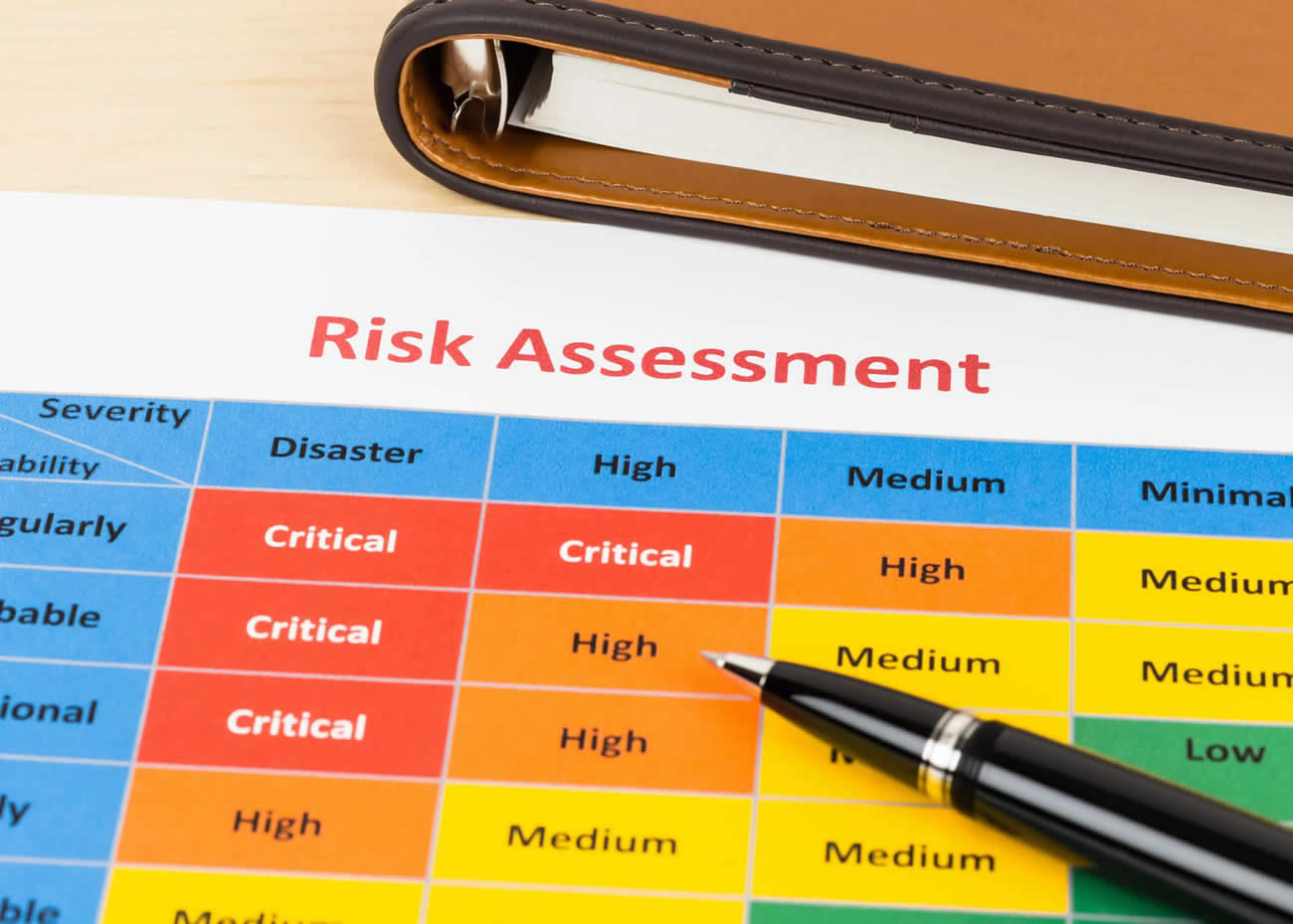Risk Assessments, an Enduring Practice

"The Company has implemented a prevention program that includes Safety Information, Hazard Review, Operating Procedures, Training, Compliance Audits and Incident Investigation."
As any experienced environment, health and safety professional knows, these are all administrative controls. Administrative controls by themselves will not prevent accidents and are subject to significant human error. In order for risk assessments to be fully effective, engineering controls must be the primary means of accident prevention. We need to conduct risk assessments and use engineering controls to drive the risk down to the lowest possible level.
So what is a risk assessment?
A risk assessment is the practice of determining a qualitative risking ranking for a given activity or operation. The level of detail in the risk assessment needs to correspond to the complexity of the activity. In its simplest form, risk can be defined as:
Risk = Severity of the hazard x The probability of its occurrence
Risk assessments must be documented for all significant activities and should answer:
- What can happen and why?
- What are the consequences?
- What is the probability of their future occurrence?
- What can be done to mitigate the consequences of the risks or that reduce the probability of the risk?
- Is the level of risk acceptable? If not, what are you going to do to lower the risk?
1. Begin by establishing the context of the activity: This is important for understanding whether it is a new or existing activity; if the activity will be short-term or ongoing; the overall importance of this activity to the organization; and any external factors related to the activity. Activities that have the potential for catastrophic releases of hazardous materials or explosions must include off-site consequences in the risk assessment.
2. Identify all potential hazards: The next step is to identify all potential hazards. These hazards can include chemical, physical, biological and ergonomic. The assessment should determine potential severity of each hazard in the event of an incident.
3. Determine the probability of occurrence: This is probably the most difficult step in the process since it relies heavily upon the skill and experience of the assessment team. Based on this analysis, a qualitative ranking of overall risk can be calculated.
4. Evaluate the risk: Within the context of all the other risks, the team can determine whether the risk is acceptable or not. If unacceptable, a combination of engineering or administrative controls must be implemented to reduce the risk down to an acceptable level. Once reduced down to the lowest possible level, the assessment team can move on to other assessments. The goal of a risk assessment program is ultimately to reduce all risks down to an acceptable level, which is a continuing process, not just project that needs to be completed.
Like many other professions, we tend to get excited about and involved with the latest trends in the field. However, the practice and art of performing risk assessments is one that cannot be forgotten. Risk assessments must be a fundamental component of any environmental, health and safety programs. They are also a requirement for many regulations and for consensus-based standards and voluntary programs. While industrial hygiene monitoring, compliance audits and sustainability initiatives are all important activities, they should be performed within the overall context of risk to the organization. Otherwise, these worthy efforts can be wasted.
Topics:
Health & Safety
Related
About the Author
Dean Calhoun
Affygility Solutions
Dean Calhoun is an American Board of Industrial Hygiene Certified Industrial Hygienist (CIH). He has been an environmental health and safety professional for over 26 years. Prior to starting Affygility Solutions, Dean was the Associate Director of Environmental Health and Safety for Gilead Sciences Inc., a biopharmaceutical company focused on developing pharmaceuticals for infectious, viral, and oncology applications.
